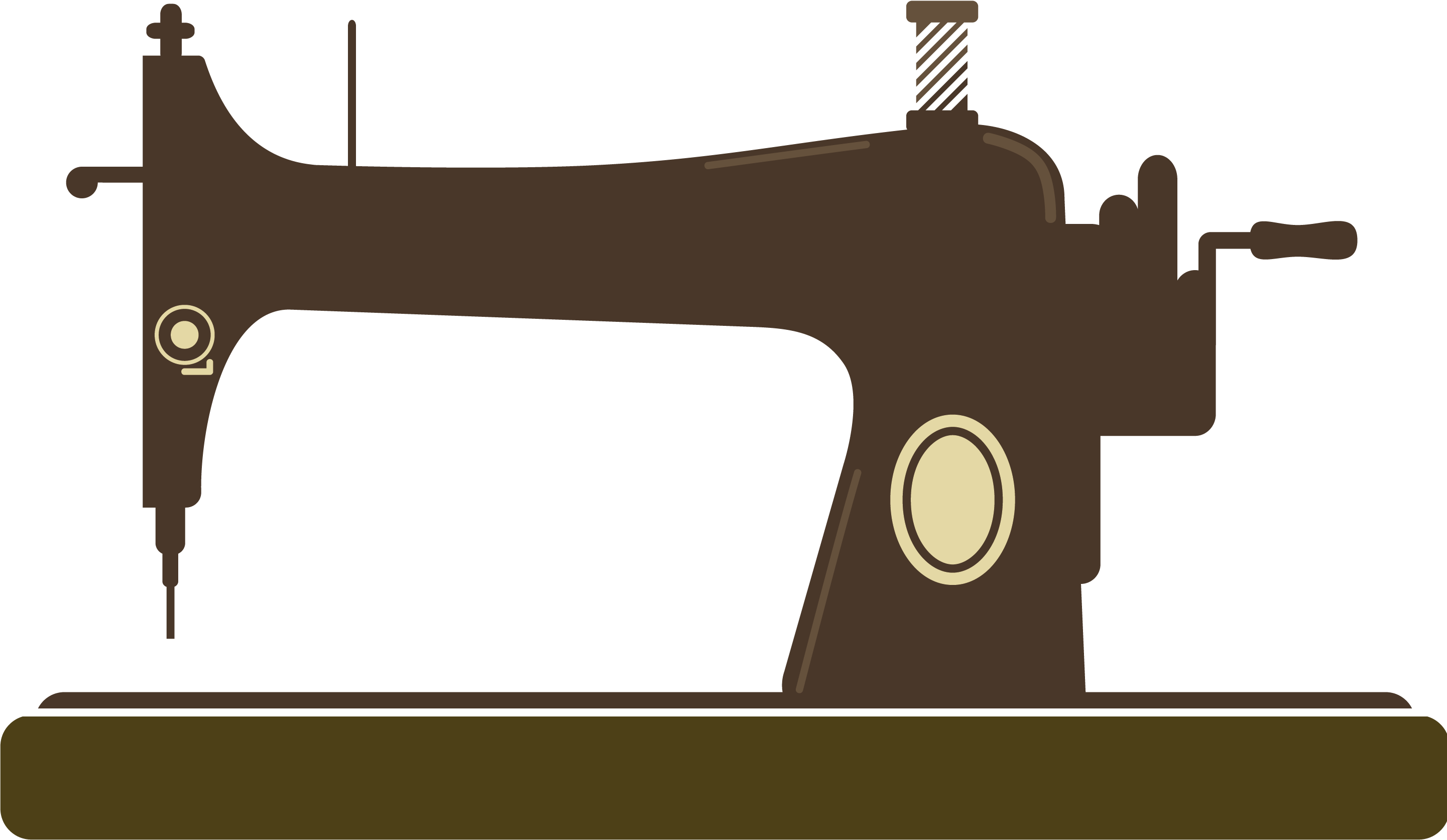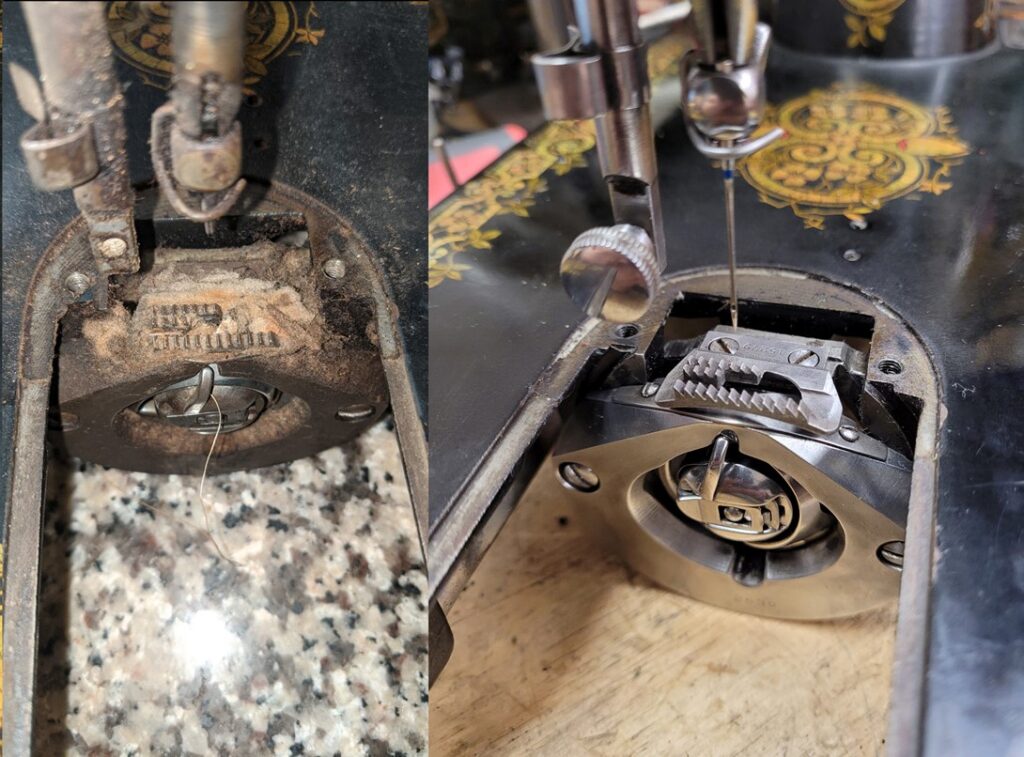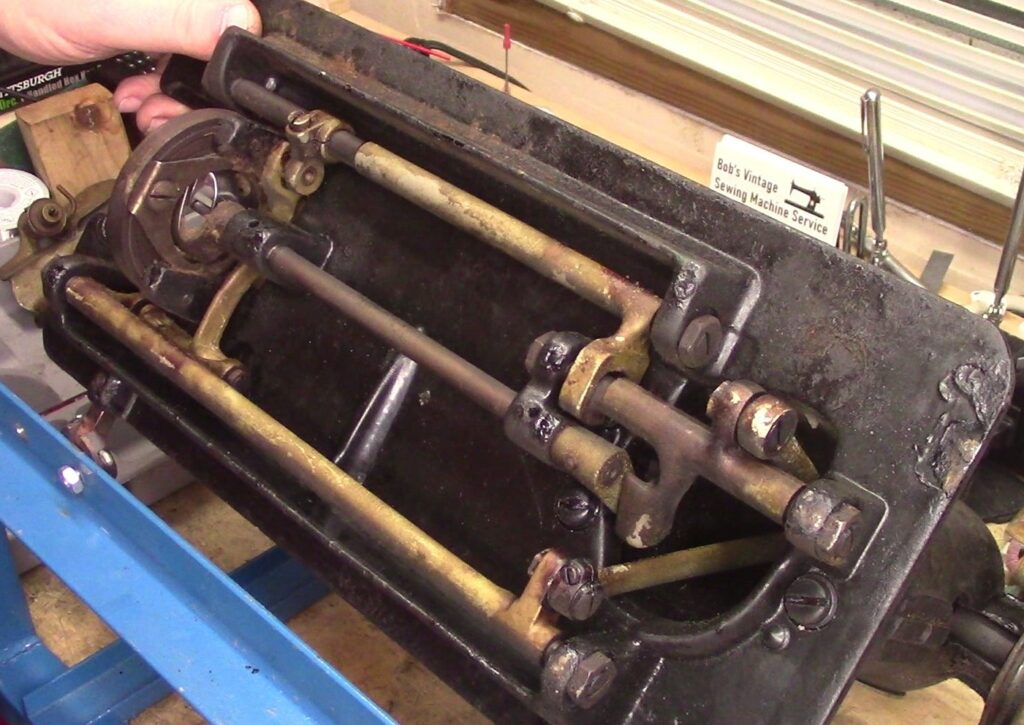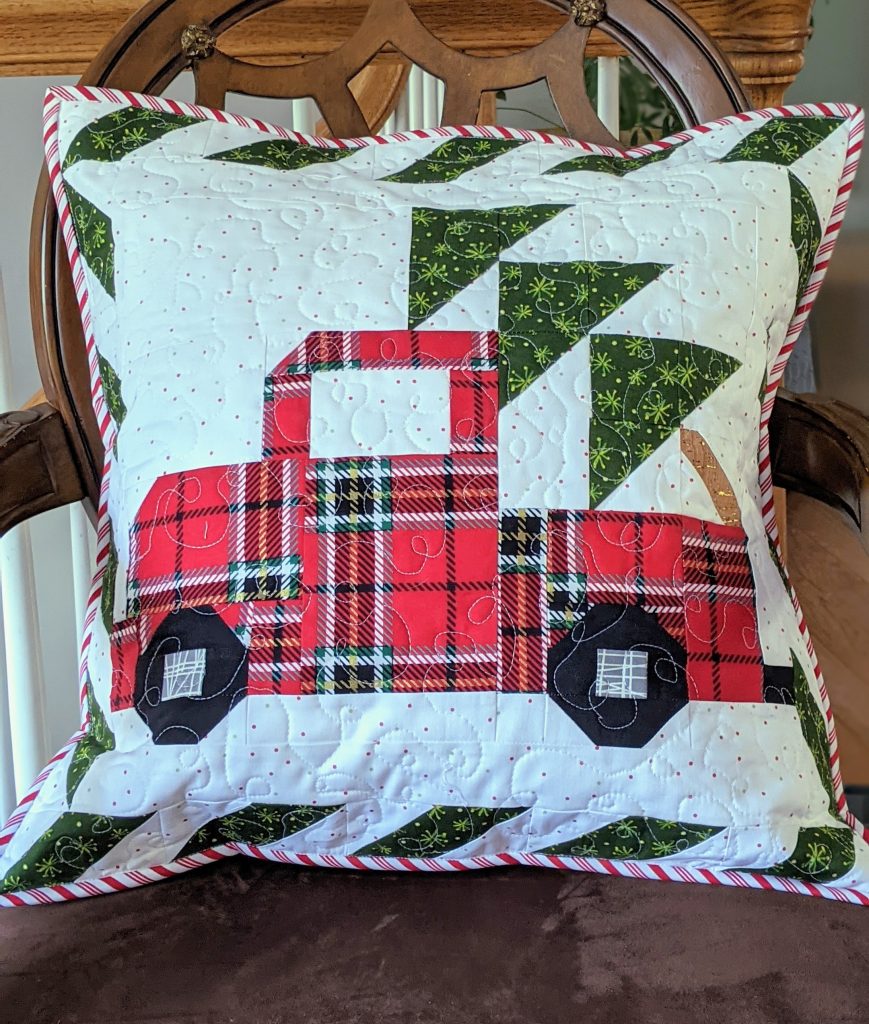It’s been a little more than 24 hours, so I guess it’s safe to talk about it now…
I was editing my weekly video for my YouTube channel, it was episode 31 of Sunday Morning Quickies. I had been editing it for a little over 2 hours when my computer decided that I needed another heart attack.
The screen was black. Not even a BSOD, it… went… black…
I miss the days of reset buttons on computers. I also miss the days when a laptop battery could be removed from a hung computer to force it to power off. Hell, I miss built in optical drives and PCMCIA slots (am I showing my age?). Anyway,I was looking at a very expensive laptop that wasn’t very old, sitting there with a black screen, yet the keyboard backlights were shining.
What to do?
I waited about 20 minutes. Well, to be honest, I didn’t “wait”, I went online on my phone and got the number for Dell technical support!
By the time someone in the call center answered, my laptop had been sitting there like a brick for over half an hour. In broken English, the customer service representative was asking me all sorts of questions, none of which was “what can I do to help you”. They were insisting that my computer had a tag on the back that had a Dell service code. I was basically being called a liar because no such tag exists on my laptop. They wanted to know where I bought it (Best Buy), and were adamant that there was a sticker. I offered to take photographs of the back, front, and sides of my laptop to show that, NO, there wasn’t a damn sticker on my damn dead laptop!
Let me say here, I wasn’t concerned about the laptop per se, not the data contained therein. I have an 8TB drive that is connected to my laptop that constantly backs up all of my data. Every time I save a file to my laptop, it automagically backs that file up on my external drive. I’ve learned my lesson, having had HDD failures in the past. I won’t allow my cardiac health to be compromised by failing to have a backup system in place and always working. No, my concern was for the file that was in progress! The video I was editing that was due to be released at midnight, now just less than 2 hours away!
Anyway, while the Dell representative was busy berating me for not having a service number tag or whatever it’s called on the back of my laptop, the screen popped back to life! It wasn’t my normal screen, rather a screen that indicated that Windows 10 had taken a massive dump in its virtual diaper and needed a bath, some baby oil, and a fresh onesie. I set my cellphone on speaker, placed my phone of the desk and stared at my screen and breathed a heavy sigh of relief. I let the rep from Dell spew forth a bit more vitriol while my computer ran a battery of power on self tests. When my “normal” log on screen appeared, I hung up on the rather nasty Dell rep, knowing that this was going to be the last Dell laptop I would ever buy, rather I would go back to building my own desktop machines in the future and NEVER have to deal with crappy Dell customer support ever again.










